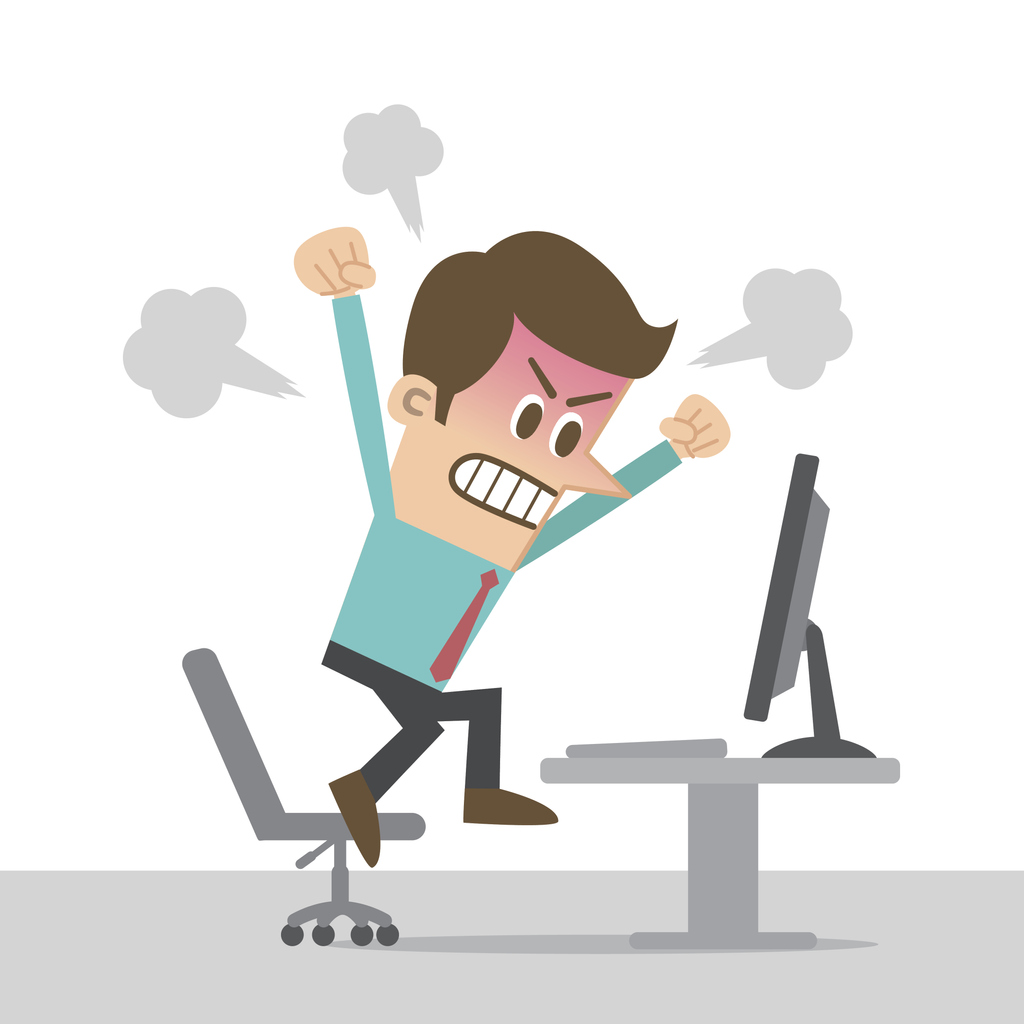
7 Productivity Strategies to Take Your Career to the Next Level
Tina*, a 27-year-old married financial analyst, reached out for help advancing her career. She was already successful but felt stuck—and wanted support from a productivity consultant to increase her energy, improve her work-life balance, and achieve a higher income.
During our first meeting, we explored her past achievements and identified her goals. Through our work together, we focused on practical tools that boosted her performance and helped her thrive both professionally and personally.
Here are seven strategies I used to help Tina—and that may help you, too.
1. Observe Rumination
Rumination is the habit of replaying the same thoughts over and over. It can drain your mental energy and leave you feeling stuck.
Trying to push the thoughts away often makes them more persistent. Instead, try simply observing and labeling them. You might say, “Oh, that’s a ruminating thought,” or “There’s my obsessive thinking.”
Research shows that naming your thoughts can reduce their intensity and help them pass more quickly.
2. Increase Structure
A structured routine creates a sense of stability and calm. Using a calendar to plan your day can improve your productivity, reduce decision fatigue, and help you stay organized.
Even adding a loose “game plan” for your day can improve your focus and energy.
3. Notice Your Self-Talk
High-achieving professionals often carry an inner voice that says they’re not doing enough. This “inner critic” may come from early experiences and can sound like:
-
“I’m always screwing things up.”
-
“This will never be good enough.”
-
“What if this fails?”
When you hear your inner critic, try labeling it: “Ah, there’s the inner critic.” Then, gently remind yourself: “I’m a work in progress.”
Decades of research show that how we speak to ourselves has a powerful impact on how we feel and act.
4. Improve Sleep
Restful sleep is essential for energy, emotional regulation, and mental clarity. If your sleep is suffering, consider these tips:
-
Limit screens three to four hours before bedtime
-
Stick to a consistent evening routine
-
Keep your sleep space calm, cool, and uncluttered
-
Use white noise or earplugs if needed
-
Exercise earlier in the day—ideally not within three hours of bedtime
Better sleep often translates to better focus and performance.
5. Make Time for Fun
Many ambitious professionals overlook fun—but doing things you enjoy is vital to mental health and motivation.
Fun doesn’t have to be elaborate. Watch a comedy special, play with your dog, spend time with friends, or revisit an artistic passion. When you regularly do something enjoyable, you’re more likely to feel balanced and energized.
6. Set Meaningful Goals
Think of your goals as a map. They guide your energy and create a sense of momentum.
Start by identifying both short-term goals (one month out) and long-term goals (within a year). The most effective goals are specific, measurable, and tied to a clear action plan. For example:
-
“Increase sales by $40,000 over three months.”
-
“Eat dinner with my family three times a week.”
Track your progress with checklists or charts to stay accountable and motivated.
Want more tips on setting goals that stick? Visit this article on setting goals with ADHD.
7. Prioritize Cardiovascular Exercise
Cardio isn’t just good for your body—it’s one of the most powerful tools for mental health and productivity.
Activities like running, biking, dancing, or swimming can boost dopamine (a key brain chemical linked to motivation) and release endorphins that improve your mood. Even 20–30 minutes a few times a week can make a noticeable difference in your energy and outlook.
Final Thoughts
Taking your career to the next level takes courage—and you’re already on the path by seeking out strategies like these. I hope these ideas help you stay energized, focused, and aligned with your goals.
For more success strategies, coaching resources, and performance tools, visit www.theproductivitycoachnyc.com and www.scottshapiromd.com.
*Disclaimer: Names and details have been changed to protect confidentiality.



